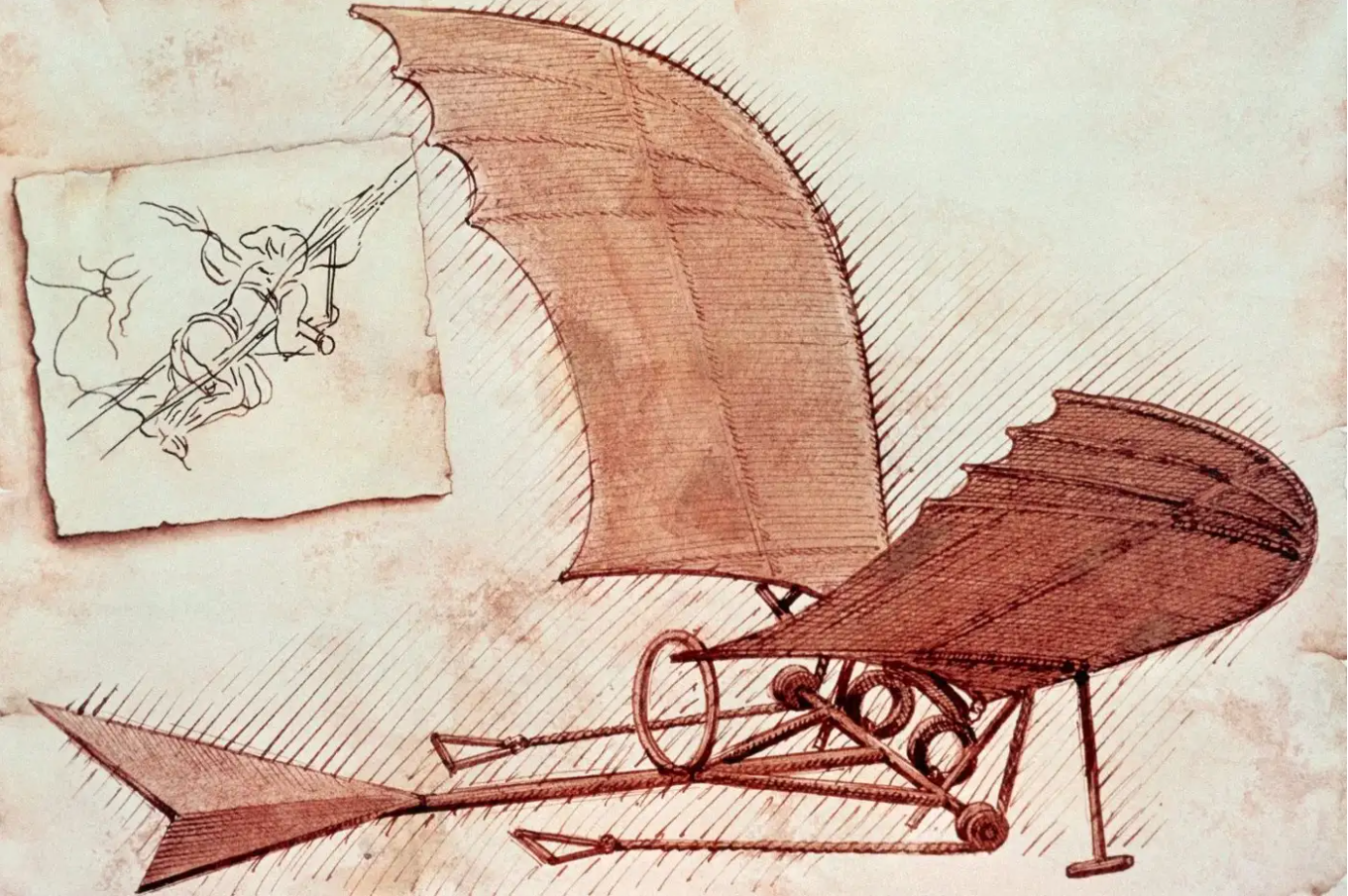Why Every Business Should Prototype
Prototyping has existed much longer than the digital world, but the purpose remains the same: prove out a concept before investing more.
In the 16th century Leonardo Da Vinci’s famous pen and paper prototypes ranged from bridges to musical instruments to flying machines. After the Industrial Revolution, drawings were regularly used to prototype and improve manufacturing processes. Today’s advancements in technology (like 3D printing) enable prototyping for everything from products to body parts for testing medical procedures.
But regardless of industry, prototyping improves speed-to-market while saving investment dollars in design and development.
As we all know too well — time is money and less time spent debating hypotheticals means less money invested before true in-market learning can begin.
Different Times, Same Goal
While the times are a changin’ many things stay the same. When it comes to invention, it can be tempting to bet on your instincts. When someone has passion for an idea and enough influence to build consensus, there’s always risk in investing too much time and money without proof of a need being met.
At GoKart, we’d say: “Great, we love your idea. Let’s prove out the concept.”
Why not create something real so we can all react and start learning immediately?
What fidelity of prototype do you need?
From low-fi, hand-drawn sketches to wireframes or clickable demos, we recommend prototyping with both your stakeholders as well as target users. Sometimes our prototypes are solely for the internal team to vet out interaction patterns. We often focus on an MVP (Minimum Viable Product) release. However, MVP is not an excuse to suck.
“It is important to understand who you are building this for, if high design and functional simplicity are expectations for your audience… a paper prototype might not be good enough to get valid answers to your assumptions.”
— Matt Johnson Director Creative Strategy/Partner
Creating a prototype gives us a real thing to refer and react to as we identify potential problems faster. Early versions of a product in the form of a prototype allow issues to arise before they multiply and pivots can happen sooner, easier and more often. How do we recommend creating tangible prototypes at GoKart?
Tools for prototyping: Paper to high design: what to use and why.
Every designer is unique. At GoKart labs we have UX designers who prefer to spend more time sketching on paper while others like to move rapidly to on-screen. When in paper-mode we aren’t afraid to cut up, rearrange and create mock-interactions. Sometimes it makes sense to use a tool like POP to make the paper sketch work on-screen.
“Many UX designers begin their prototyping project by, literally, sketching crude interfaces on paper. This allows them to push aside mucky solutions as quick as possible. Although a fantastic practice, I have a hard time completely wrapping my head around a product design that isn’t “what-is-in-front-of-my-face-could-actually-exist” real. Because of this, the prototypes I create begin in my design program of choice, Sketch.”
— Dan Behrens, UX Designer
At times we demonstrate interaction by stitching together design screens in one of our favorite products, InVision. With this tool and our high-fidelity product screens, we are able to create a clickable product demo without HTML/CSS, allowing us to experience some of the simpler interactions we’ve conceived.
When creating clickable HTML/CSS prototypes we are typically vetting more complex interactions with little-to-no emphasis on visual style. So we don’t have to create a brand new UI, we utilize existing element libraries appropriate to the technology at each user interaction point. (Responsive web = Twitter Bootstrap, iPhone app = out of the box iOS elements.)
When developing a prototype in a sandbox, the code is handled differently than when creating an evolutionary build of a product. It may seem wasteful to spend time on code that is not used later, but the result of this work yields a better end product because we fail quicker and more often before our beta release.
“A prototype does not have to be just a proof of concept. The process of building a prototype can help you discover new ideas that weren’t apparent before you started. Developing a prototype in a sandbox, the result is not Version 1.0 of the code. It’s not code at all. It’s the knowledge gained and the techniques learned.”
— Dustin Lundebrek, Web Developer
Fail fast, fail often, learn more than you meant to
When we drive out issues early, less time and money is wasted. The book Prototyping: A Practitioner’s Guide by Todd Zaki Warfel says it best: “If a picture is worth a thousand words, then a prototype is worth 10,000. Prototypes go beyond the power of show and tell — they let you experience the design.” This method is in no way new, but at GoKart we prefer the eraser to the sledgehammer. How about you?
Originally published at blog.gokartlabs.com on December 11, 2013.


